A portrait of the Colorado River

It’s the origin story and home of the prehistoric Patayan people. It’s the deliverance of 40 million Americans and Mexicans in need of water. A time capsule of Earth’s heaving layers — a place to touch the rock of a billion years before. It’s a collection of campsites and rapids that draw folks out of the humdrum of their lives into its canyons.
It’s the child of the Never Summer mountains and an elder of the Sea of Cortés. A political beast caught between red tape and time. A thing to be tamed. A thing to be freed.
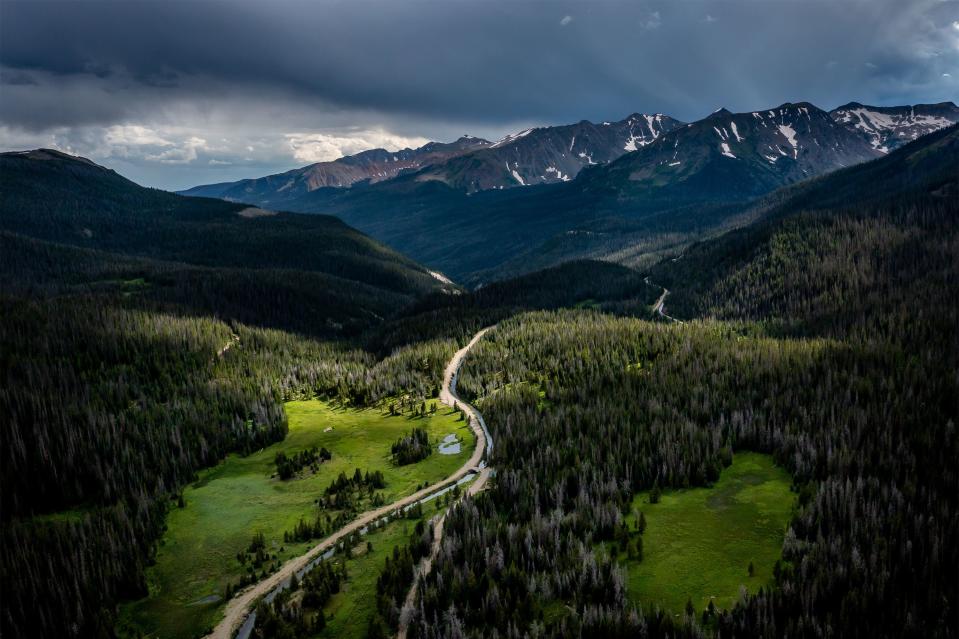
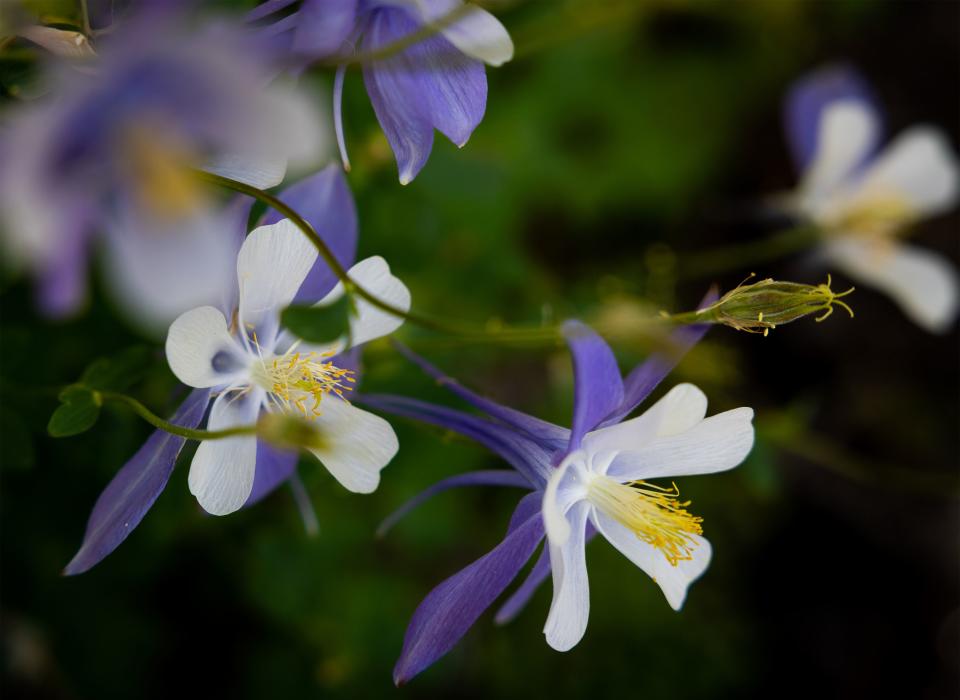
But the multitudes of the mighty Colorado River run like tributaries toward the one thing that it has always been: the hardest working river in the West.
In 1901, A man from Michigan — who was said to be able to crush an apple in the palm of his hand — set his strength on what would be the first attempt of wrangling the Colorado River into modern industrialization.
According to Kevin Fedarko’s reporting in “The Emerald Mile,” Charles Rockwood, an engineer, cleaved a new channel into a dried arroyo system on the Western banks of the river in California and pointed the water toward the Salton Sink. The water flowed, the people flocked and the crops thrived in what was once desert, but was now called the Imperial Valley.
“Water Is King,” the local paper heralded. “Here Is Its Kingdom.” And so it ruled. Just five years later, the largest flood in the history of the Southwest on record erased the fields, the farms, and the fervor. Four-fifths of Mexicali and a downright fortune for the times were washed away and reclaimed by the Salton Sea.
Just as it gives, it takes away. Today, the Salton Sea and Imperial Valley are resigned to the dusty commandments of the worst drought the Colorado River Basin has seen in over 1,200 years.
Over the past 120 years, the Colorado River has been yoked and subdued, often with results similar to the Imperial Valley floods. It seems to hold a power over us that we’ll never be able to reach; that we’ll never be able to harness. There have been catastrophic floods — like those of 1983 — and droughts that provoke calls to prayer and threaten power pool levels at Hoover and Glen Canyon dams. In every season, every year, the river tasks itself to run as it always has. And although people (with their mettle, and money) constructed the modern-day Colorado River Basin as we know it, people are still at its mercy. But more so, these days we are at the mercy of our own history of abuse.
— Lauren Steele

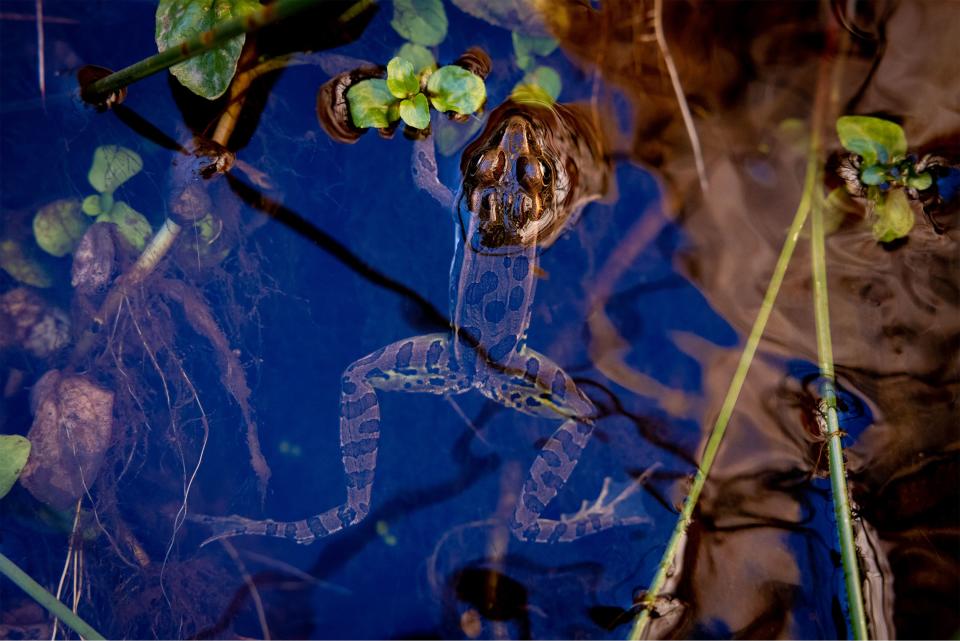
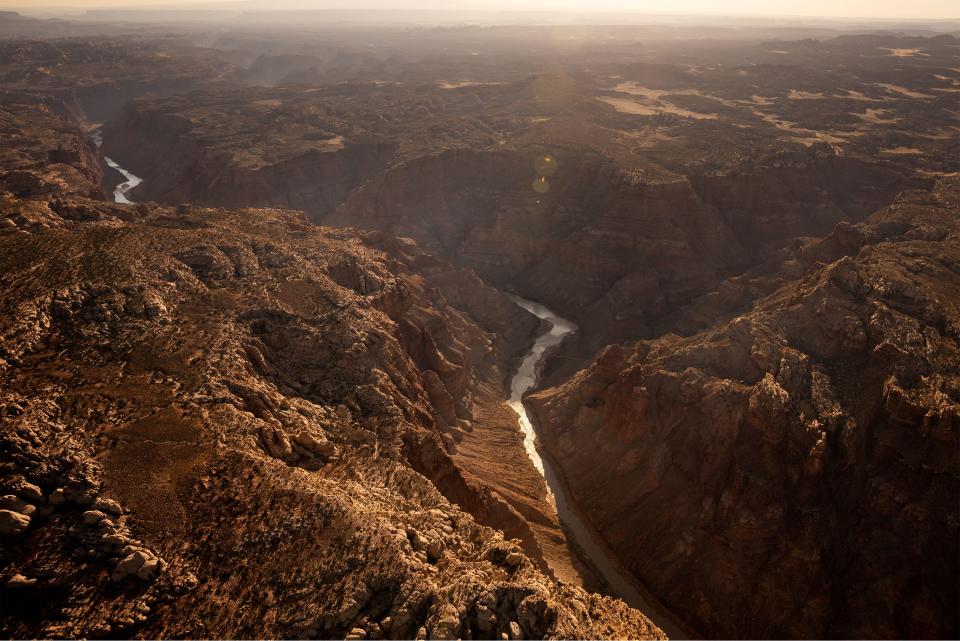
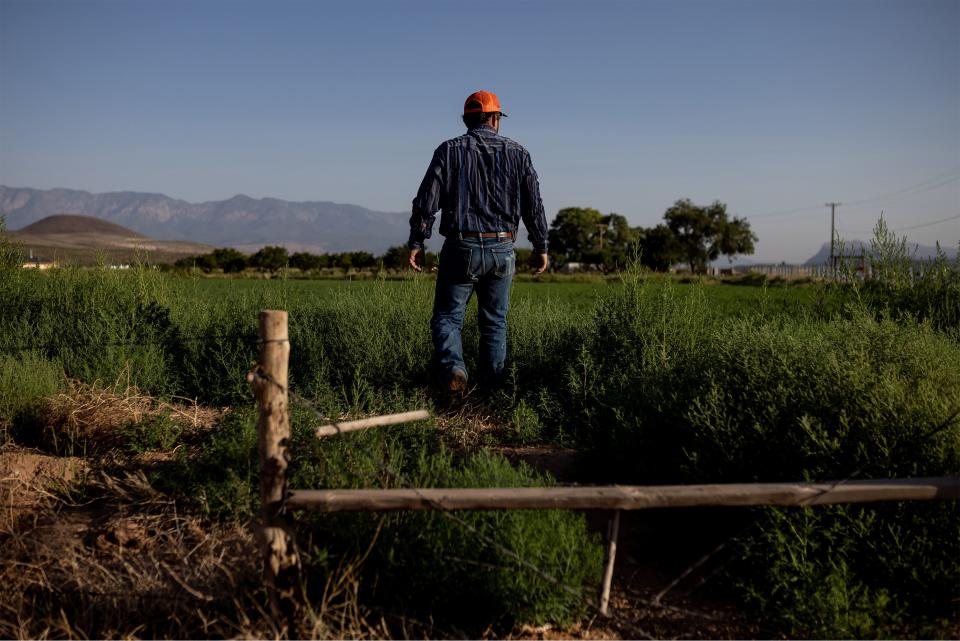
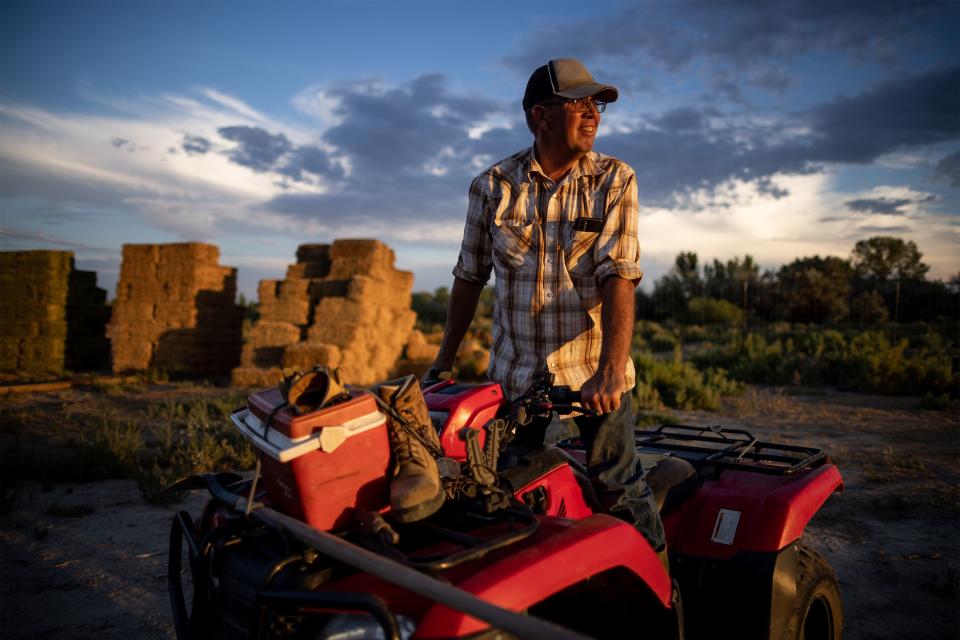
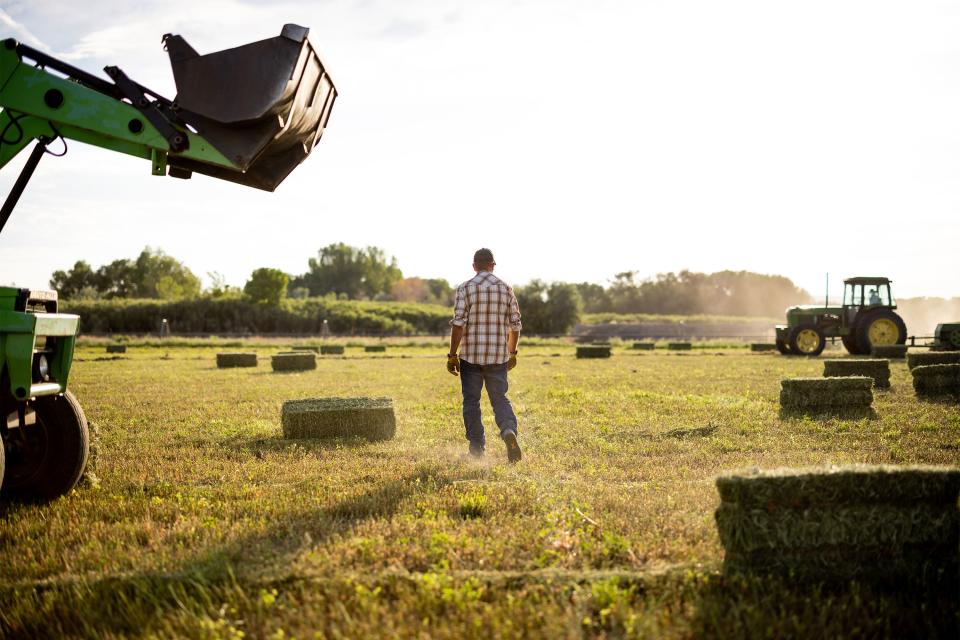
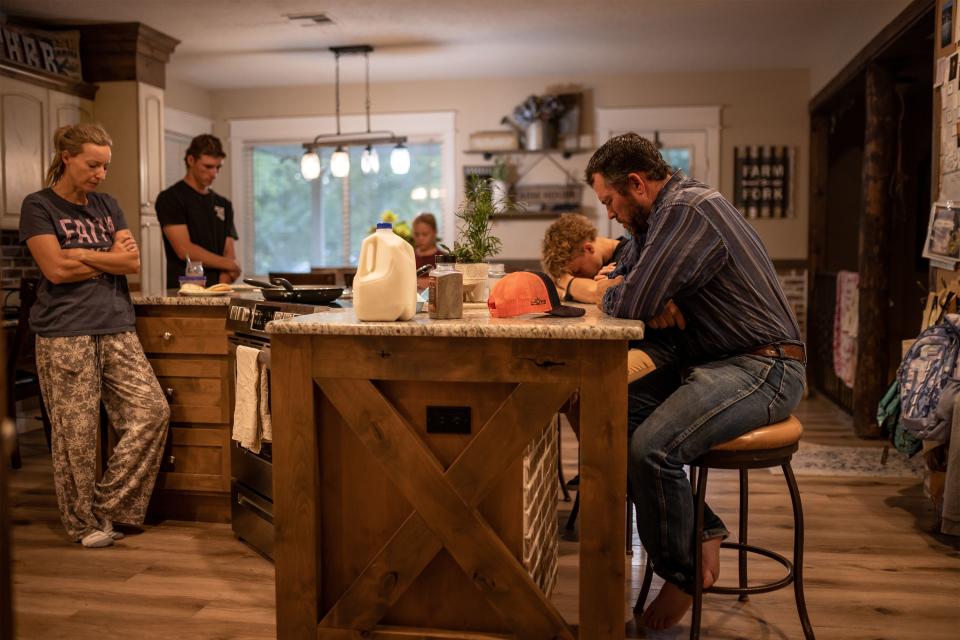
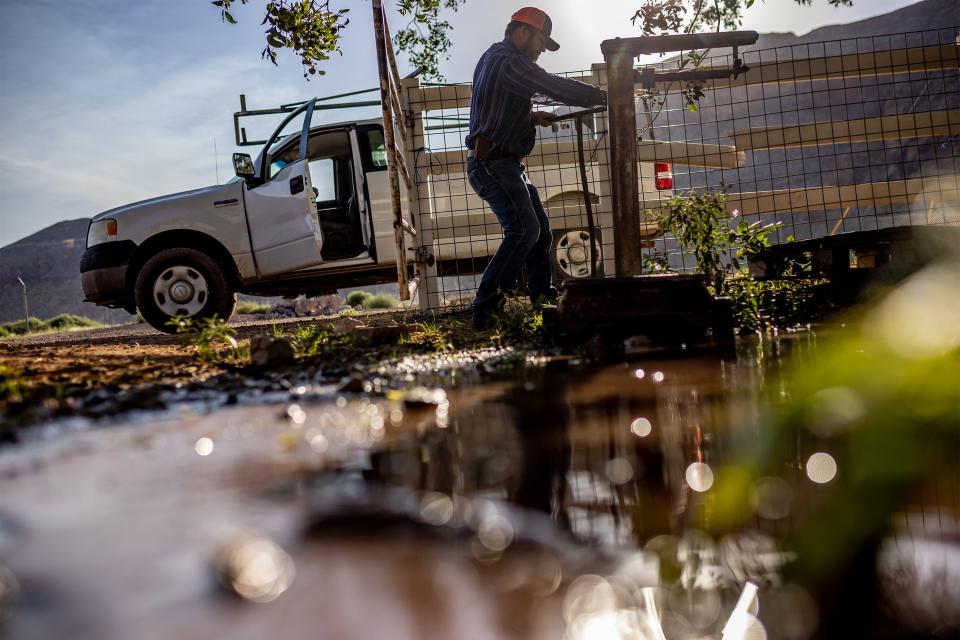
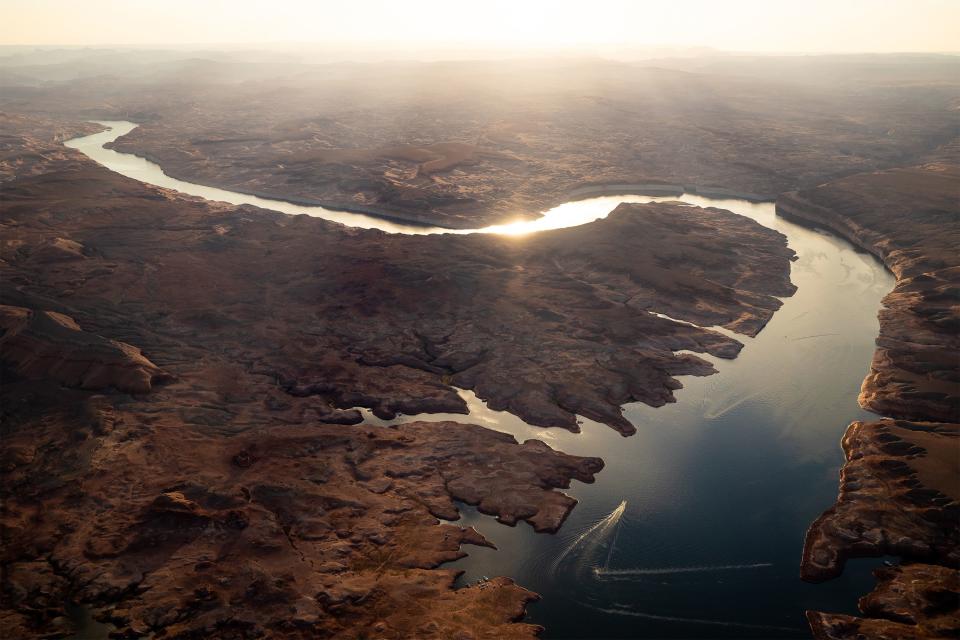
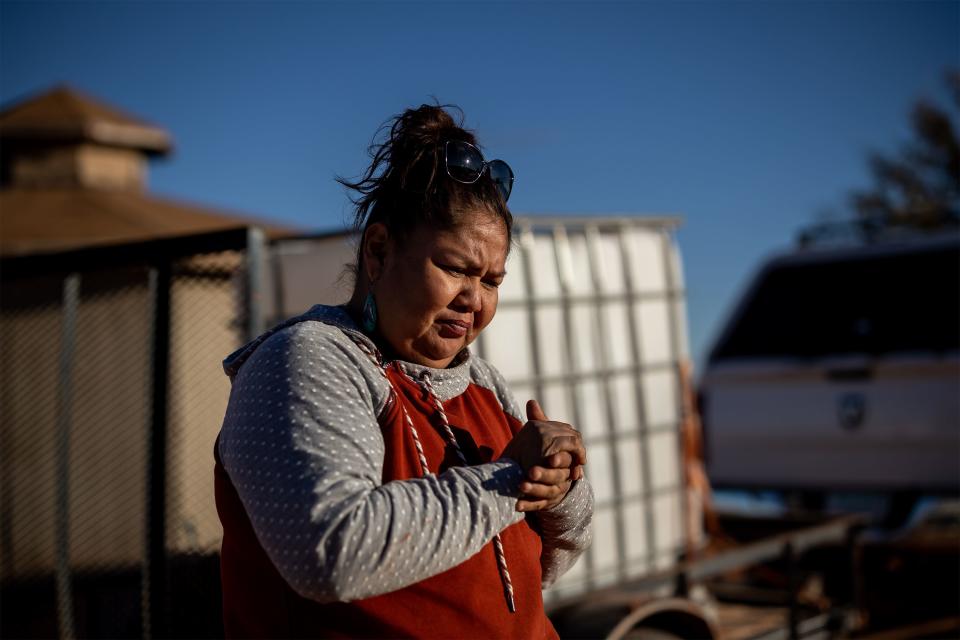
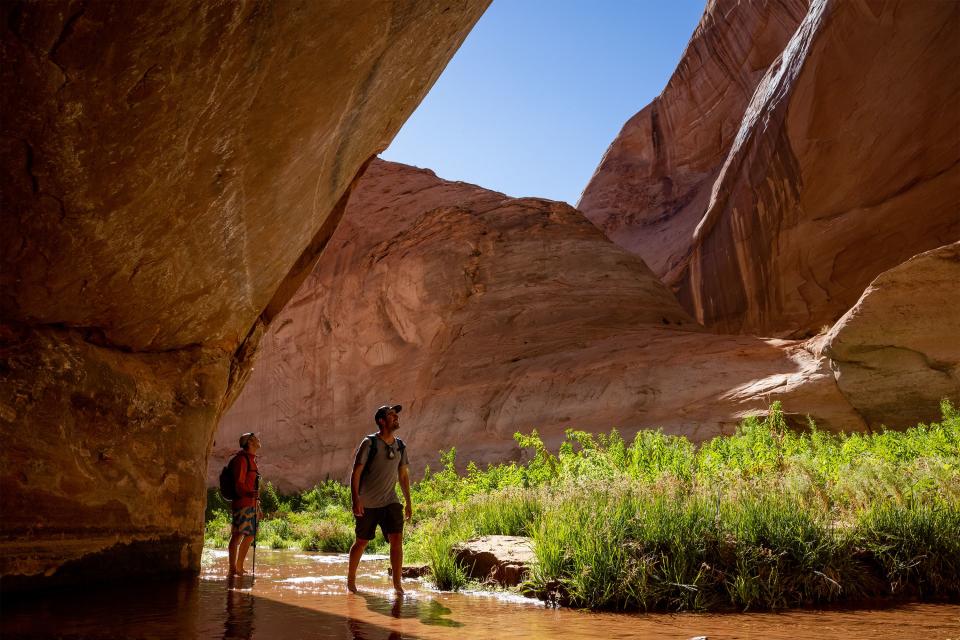
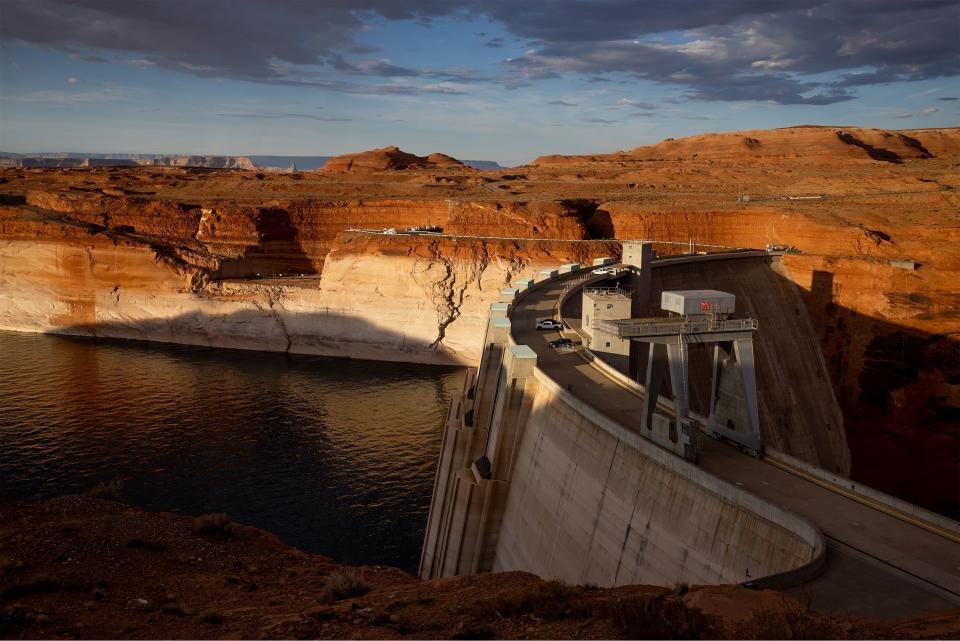
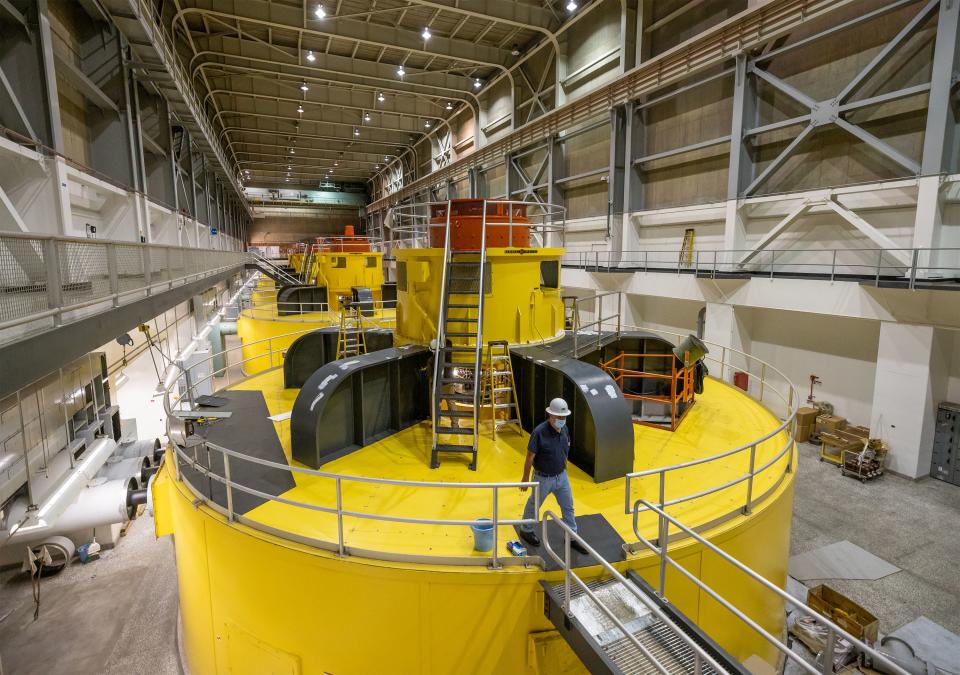
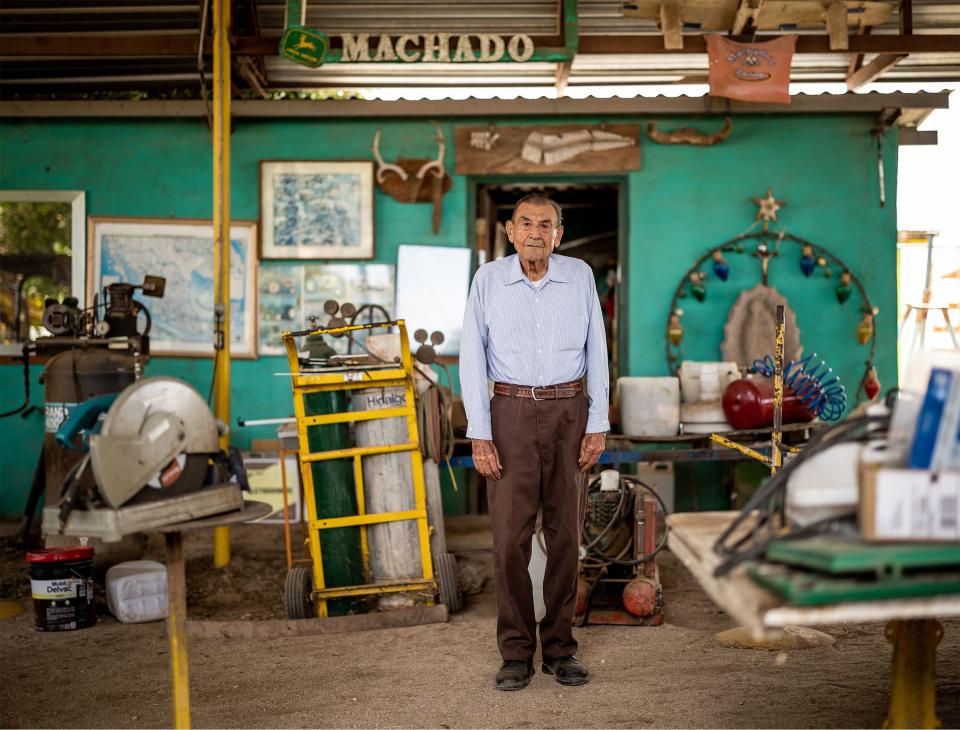
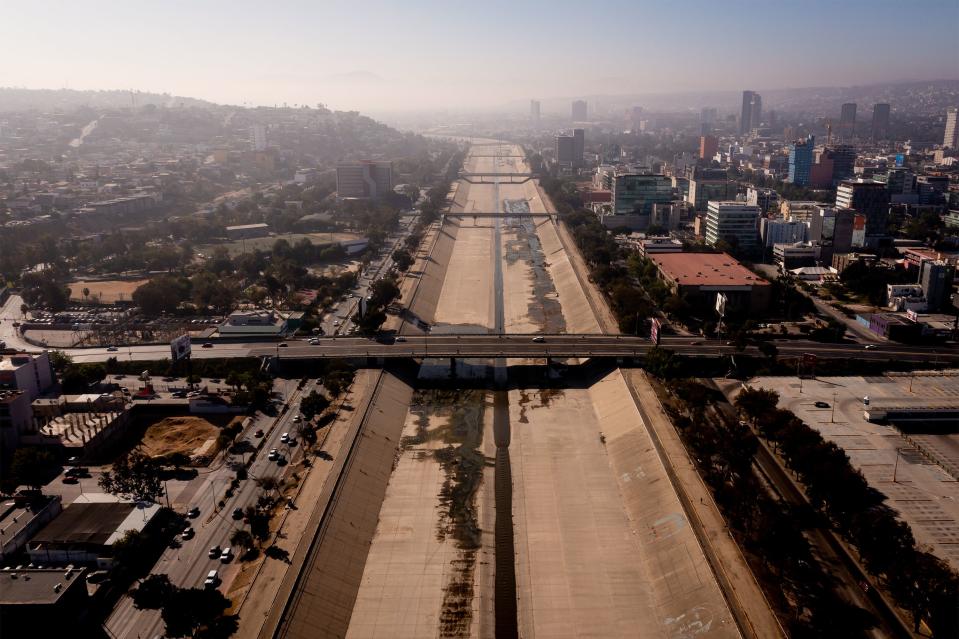
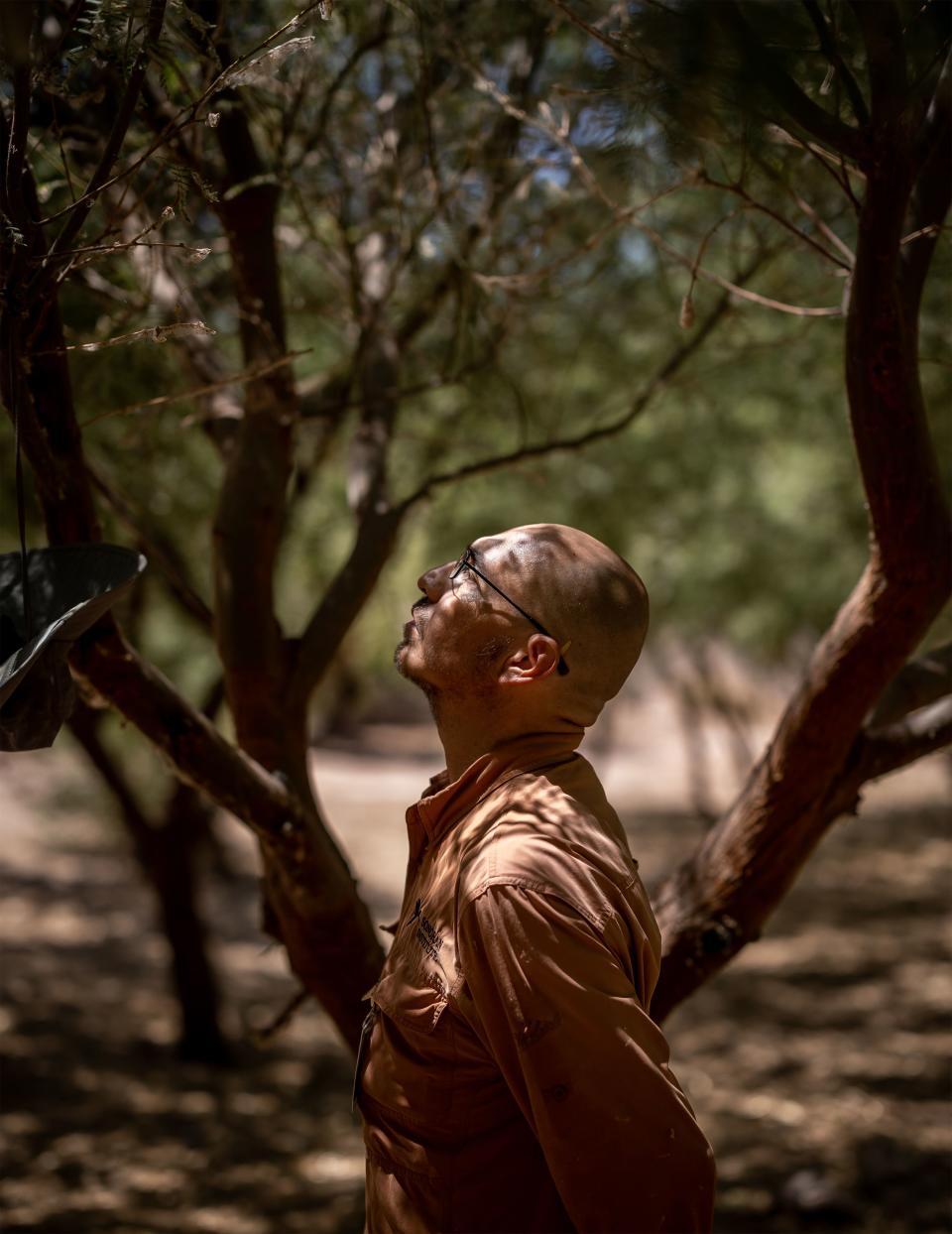
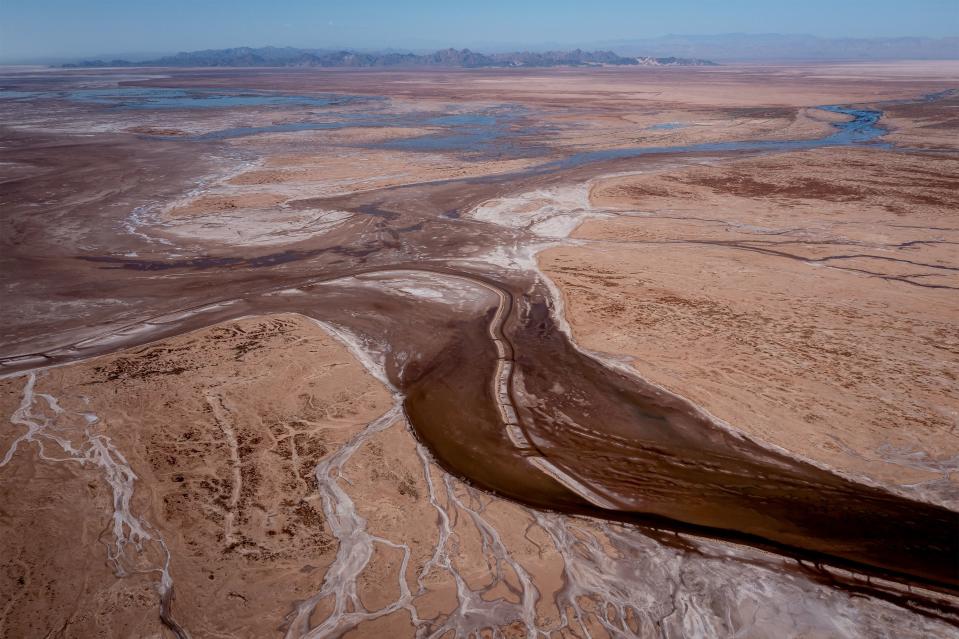
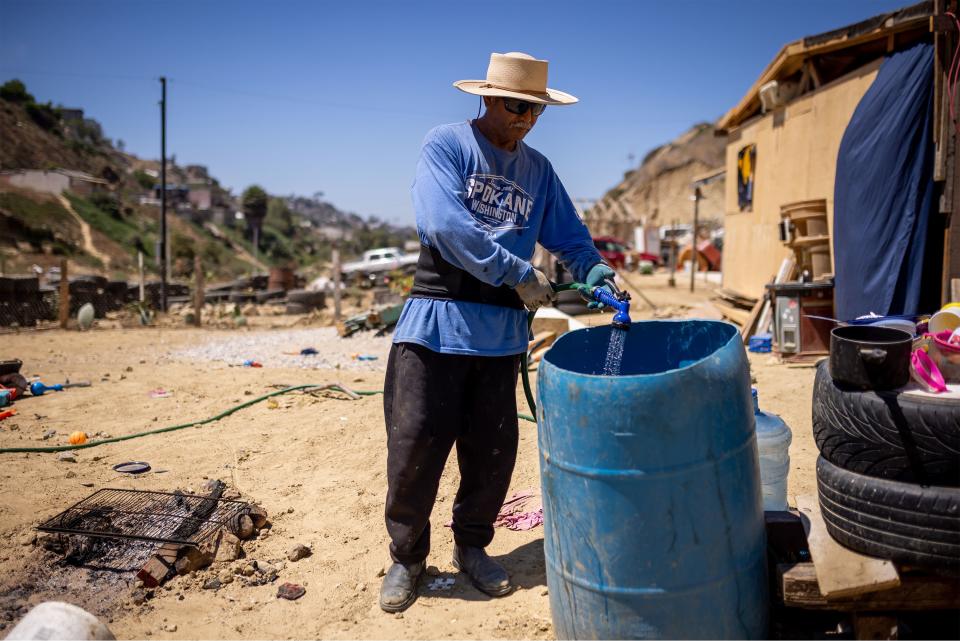

 money
money 